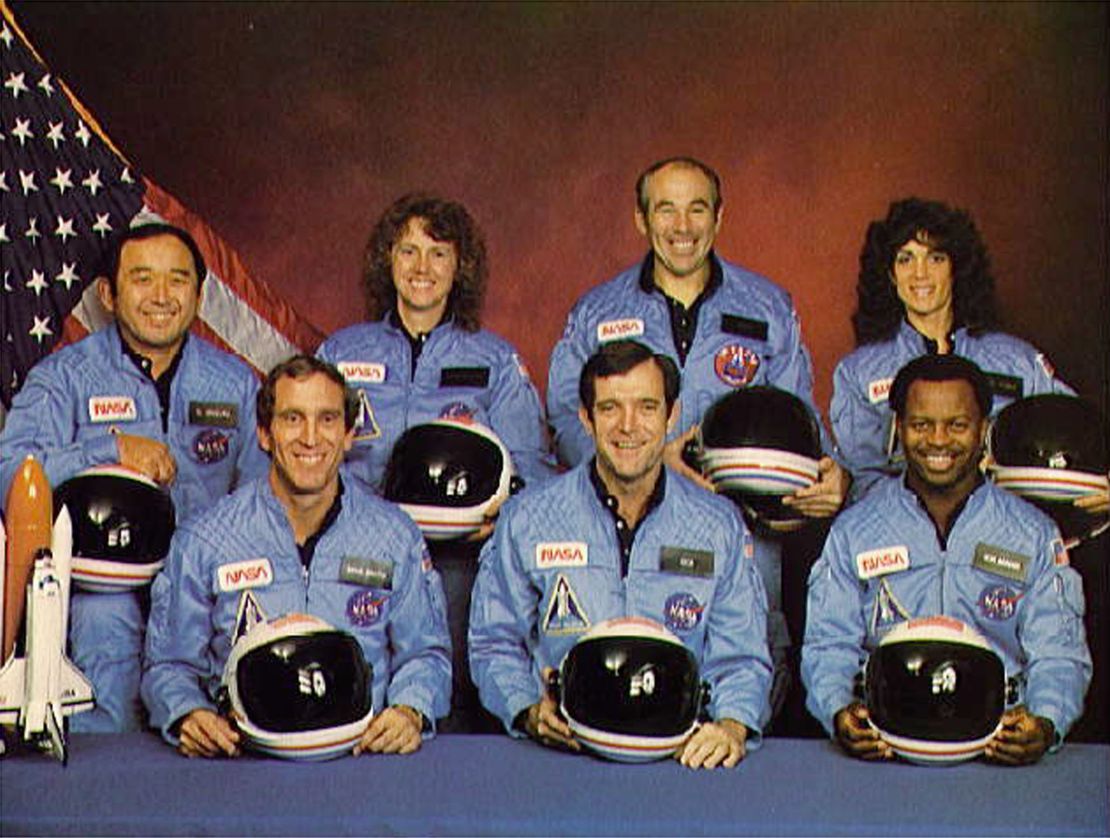Thirty-four years ago, NASA experienced an in-flight tragedy when the space shuttle Challenger broke apart shortly after launch, killing all seven crew members aboard.
Taking off from the Kennedy Space Center in Cape Canaveral, Florida, the cold weather conditions that morning combined with a design flaw led to a rocket booster failure and caused a structural collapse.

The external fuel tank collapsed due to a leak in the shuttle’s right solid rocket booster joint, which released liquid hydrogen and liquid oxygen propellants and ignited to create a giant fireball, which made it appear as if the Challenger had exploded.
Allan McDonald, director of the Space Shuttle Solid Rocket Motor Project for the engineering contractor Morton Thiokol, refused to sign a launch recommendation for the Challenger the night before over safety concerns.

The Challenger broke apart 73 seconds after launch at approximately 11:40 a.m. ET on January 28, 1986.
The launch and subsequent explosion was aired live on CNN and was watched in classrooms across the US that morning. NASA had a special satellite broadcast set up for schools across the nation to watch what was supposed to be a historic moment.

Christa McAuliffe, a high school teacher from New Hampshire, was supposed to be the first civilian and American teacher in space. She was selected as part of the Teachers in Space program.

She would join commander Francis R. Scobee; pilot Michael J. Smith; payload specialist Gregory Jarvis; and mission specialists Ronald McNair, Ellison Onizuka and Judith Resnik to make up the crew of Mission STS-51L.
The disaster grounded NASA’s space shuttle program for nearly three years.

Every year, NASA holds a “Day of Remembrance” to honor fallen astronauts. It began after the space shuttle Columbia disaster, which claimed the lives of its seven-member crew during its return to Earth on February 1, 2003.





